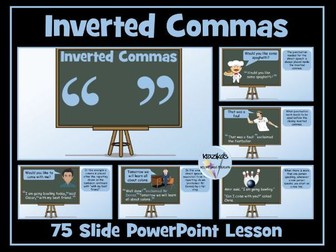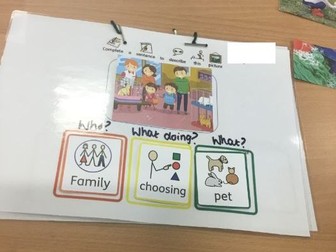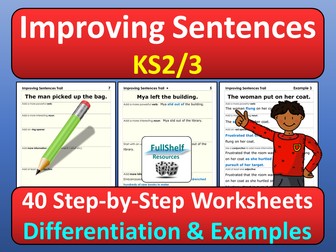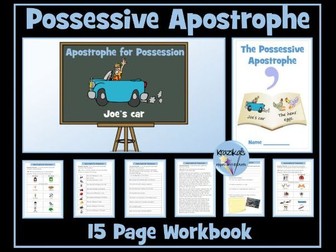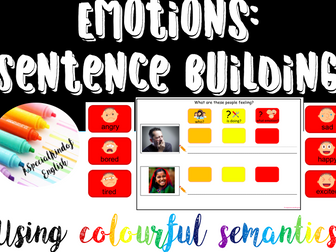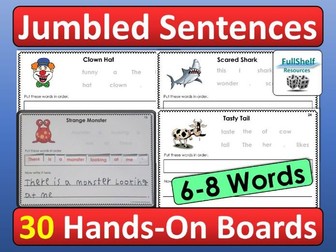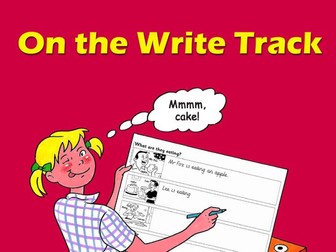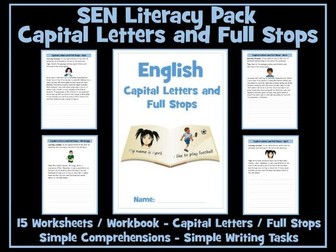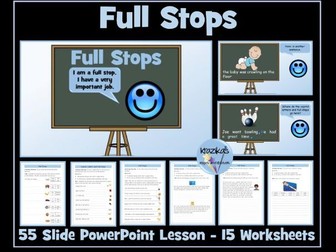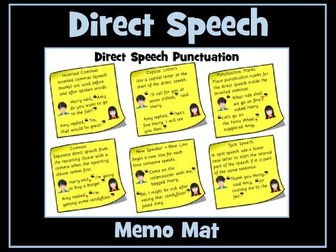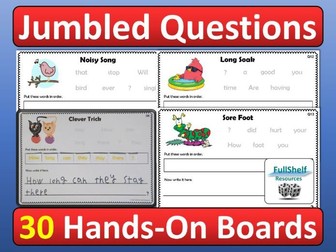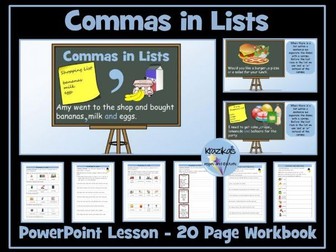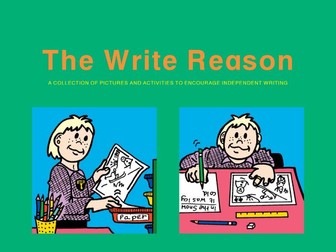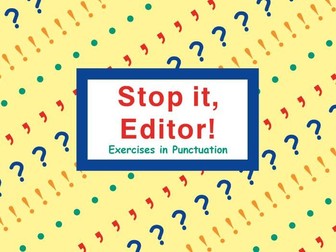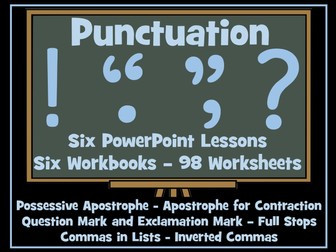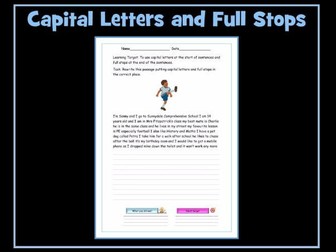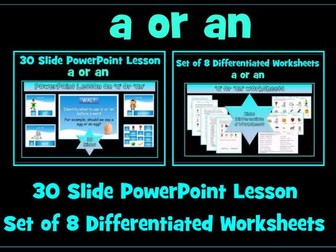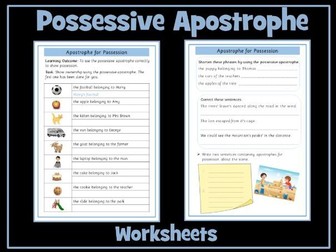
Direct Speech / Inverted Commas
This resource contains an editable, 75-slide Powerpoint lesson on inverted commas (speech marks/quotation marks). It is appropriate for pupils in Years 3, 4 and 5 and older, SEN pupils who have yet to master the basics in punctuation. The Powerpoint demonstrates how to:
use inverted commas to enclose direct speech
punctuate reporting clauses and direct speech
punctuate split speech
set out dialogue in writing
use interesting words to replace 'said'
Many opportunities are provided within the PowerPoint for pupils to punctuate direct speech. The PowerPoint also contains a hyperlink to a short video on how to punctuate direct speech.
Please note that the watermark on the preview images is not present on the resource itself.
If you buy this resource and are pleased with your purchase, I would be extremely grateful if you could leave a review. As a token of appreciation, you can have a free resource of your choice up to the same value as your purchased resource. Just email inspireandeducate@aol.co.uk with your user name, the resource you have reviewed and the resource you would like for free.
Save money and buy both resources in a bundle at a discounted rate:
Inverted Commas PowerPoint Lesson and Workbook
More English Resources
Thinking of publishing your own resources or already an author and want to improve your resources and sales? Check out this step-by-step guide:
How to Become a Successful TES Author: Step-by-Step Guide
